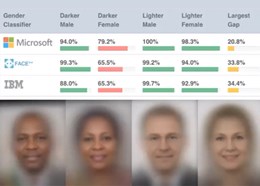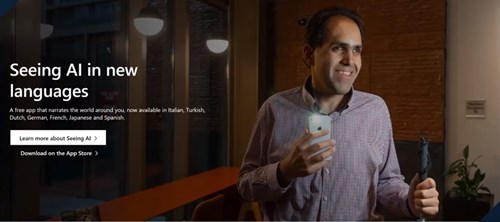
'Everyone Has a Role to Play in Addressing AI Bias'

Facial recognition technology is often skewed towards those with lighter complexions, particularly men, because of an overabundance of data training sets of white men on mass media, said Steve Crown during his lecture.
In every deployment of AI, it’s important to know what perspectives, assumptions, and biases affect performance because it matters, said Crown. AI can play hidden roles in matters such as allocation and withholding of resources and opportunities, in risk analysis for loan decisions, in hiring decisions, among others. “AI is the most powerful technology humans have created,” he said, adding that it is “exhilarating, but also humbling,” because there are still many unanswered questions. “It’s a challenge for the entire human community, and we all have a role to play.”
Microsoft is tackling the challenge of bias “from a broader ethical and human rights perspective,” and by focusing on responsible and “human-centered AI,” said Crown. Its foundational building blocks for AI are fairness, reliability and safety, privacy and security, inclusiveness, transparency, and accountability.
 Shaikh, one of Microsoft’s lead engineers behind Seeing AI, uses the app himself since he is blind.
Shaikh, one of Microsoft’s lead engineers behind Seeing AI, uses the app himself since he is blind.
Likening bias to gravity – which can be both useful and destructive – Crown said it can be harnessed by using AI to help solve the world’s problems. He cited Microsoft’s Seeing AI, a free app that helps the blind and low vision community navigate the world around them by describing people, objects and things they encounter. The app uses a smartphone’s camera to capture what’s happening around the user and narrates this through speech. Saqib Shaikh, one of Microsoft’s lead engineers behind Seeing AI, uses the app himself since he is blind.







